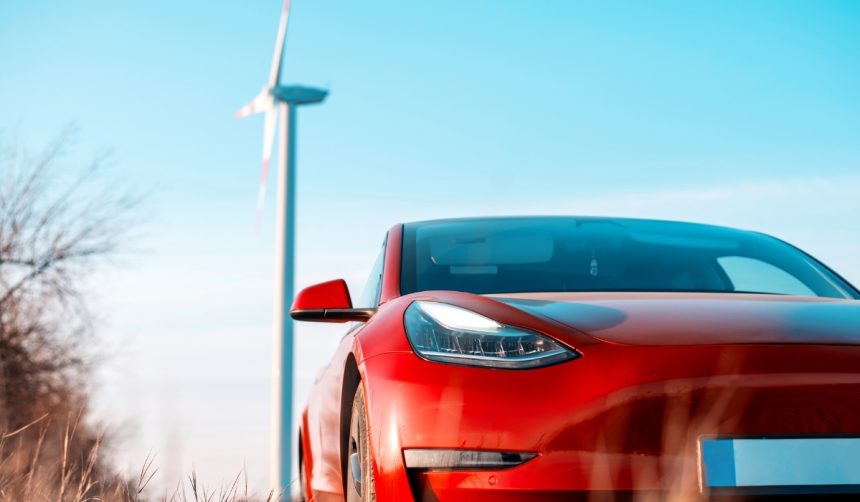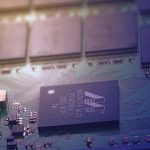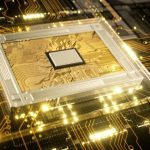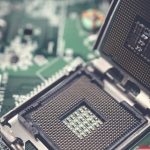As electric vehicle adoption accelerates, Tesla continues to address the surging demand for accessible fast charging and novel customer amenities. The company recently shared updated figures showing robust growth in their global Supercharger infrastructure, as well as consumer engagement at the new Supercharger Diner in Los Angeles. By facilitating both efficient charging and new customer experiences, Tesla positions itself to remain influential in the EV market. Observers have noted that choices like locally sourcing ingredients for its diner menu reflect broader industry moves toward sustainability.
In comparison with earlier reports, this quarter’s data stands out for the sharp increase in both network expansion and usage rates. Although Tesla’s Supercharger milestones have frequently entered the spotlight over the years, the introduction of a branded diner at a charging site represents a relatively fresh direction. Industry coverage had previously focused on charger compatibility and network scale, but attention is gradually shifting to the company’s diversification of in-person services for customers waiting to charge. The rapid rate of burger sales at the diner, surpassing daily averages at well-known fast food outlets, further demonstrates customer interest in value-added amenities linked to vehicle charging stops.
How Has Tesla Grown Its Supercharger Network?
Tesla added 4,000 new Supercharger stalls during the third quarter, pushing the year-over-year growth by 18%. This increase supports a jump in charging activity, with 54 million charging sessions recorded in the quarter—up 31%. The company also disclosed that 1.8 terawatt-hours of electricity were dispensed, translating to an environmental benefit equivalent to saving 842 million liters of gasoline and offsetting nearly 2 billion kilograms of CO2.
What Role Do Partnerships Play in Access to Superchargers?
The company’s charging infrastructure continues to become more inclusive, now supporting vehicles from multiple automakers, not just Teslas. This open access reflects a broader move in the automotive industry to collaborate on infrastructure development to speed up EV adoption. A Tesla spokesperson stated,
“We are committed to ensuring our charging network supports all EV drivers and contributes to a cleaner future.”
How Has the Supercharger Diner Performed Since Opening?
Tesla’s Los Angeles Supercharger Diner, which opened in late July, sold approximately 50,000 Tesla Burgers in its first quarter. This averages about 715 burgers each day, an amount that positions the diner as a strong competitor to major fast food franchises in the area. Local and sustainable sourcing for ingredients sets it apart from traditional outlets. Referring to the response, a Tesla representative remarked,
“The community’s reaction to the Supercharger Diner has exceeded our expectations and encouraged us to explore similar concepts.”
Tesla’s continued expansion of its Supercharger network not only addresses the charging needs of its growing vehicle fleet but also builds support for EV adoption on a wider scale. By allowing non-Tesla vehicles to use its infrastructure, Tesla demonstrates practical openness that could contribute to higher industry standards. The launch and strong performance of the Supercharger Diner reveal a willingness to experiment with new services benefiting drivers during charging waits. Readers considering an EV may find these advancements improve the convenience of ownership and travel.










